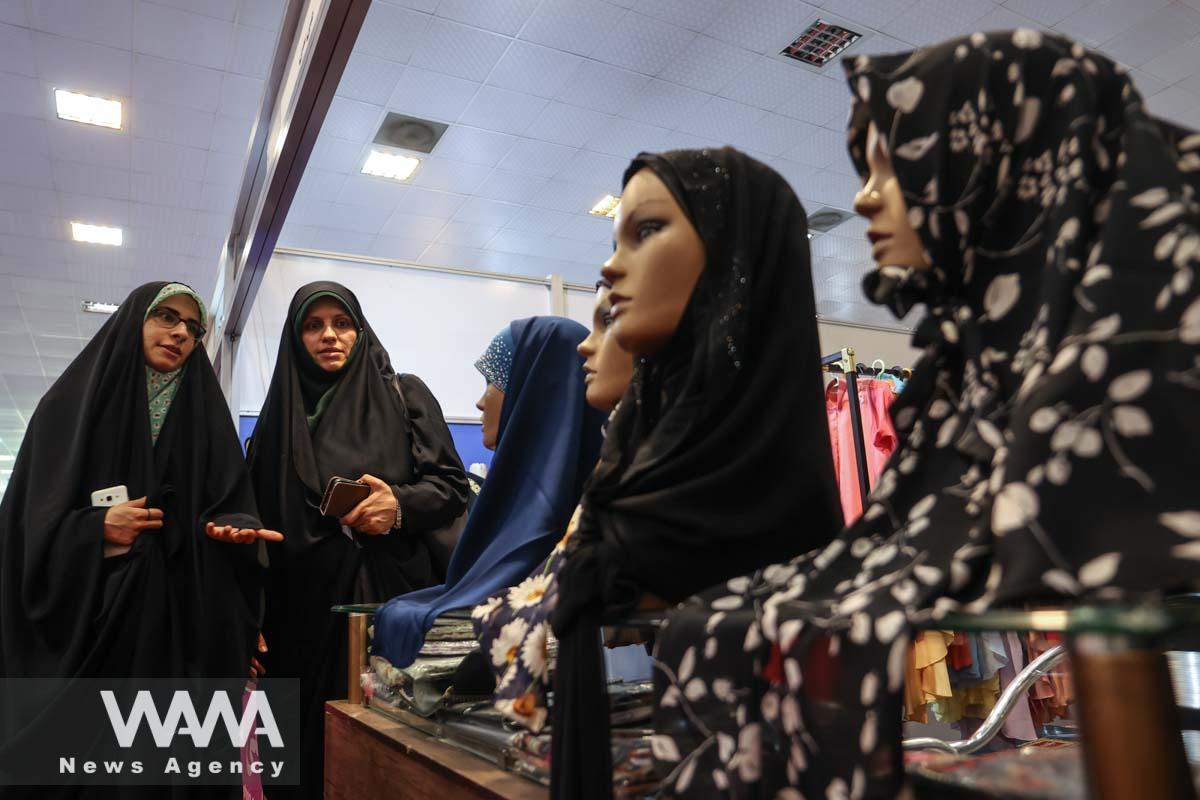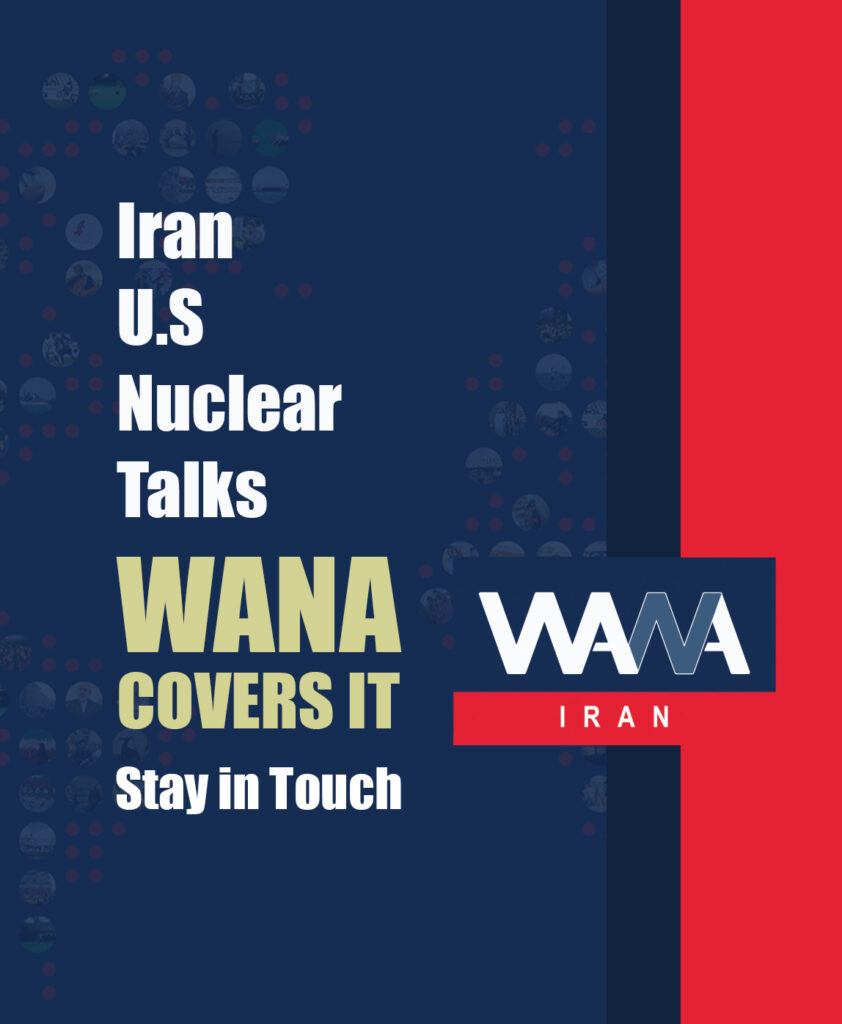Promoting Islamic Iranian Fashion
WANA (July 17) – On the week of Hijab and chastity, an exhibition of hijab products was held from the 12th to the 17th of July at the Intellectual Development Center for Children and Teenagers on Hijab Street, the center of Tehran.
This exhibition offers the products from the best domestic manufacturers of hijab products, who directly supply Islamic clothing, especially girls’ clothing, with a discount of 15% in 55 booths.
This exhibition also had special booths for younger girls and teenagers, providing items that might be more appropriate for their age and sense of style.
The General Department of Women and Family Affairs, who hosted this event, stated that the primary goal of this exhibition is to promote the culture of Hijab and Islamic clothing and introduce Islamic-Iranian fashion to families.
After the death of Mahsa Amini last fall, who was in police custody because of her Hijab, many women were angered by the severe governmental compulsion regarding the Hijab. However, there are still people who believe in the religious concept of Hijab.
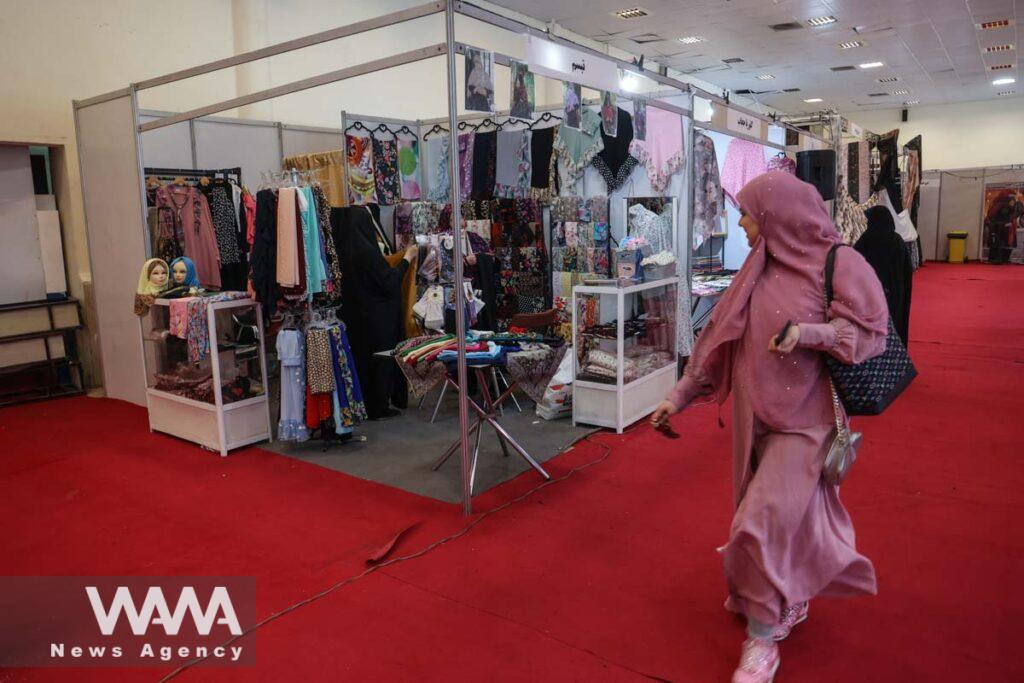
Iranian women attend the Hijab exhibition in Tehran, Iran July 15, 2023. Majid Asgaripour/WANA (West Asia News Agency)
For Muslim women, the Hijab, usually a headscarf, symbolizes modesty and dedication to Islamic teachings and is a way of preserving one’s dignity and privacy.
Just because Muslim women want to be devout should not mean they do not get to have a sense of fashion; that is why the exhibition of Hijab holds great significance for Iranian Muslim women.
It tries to introduce a variety of Islamic clothing for women who want to express their unique style and identity within the framework of their religious beliefs.
” Iranian are definitely fashionable. In the past, when our clothing industry had low quality, Iranians sought fashion and dressing well. Now that this industry is growing and developing, Iranians still seek good quality clothing and fashion and want to wear high-quality clothes.” Reyhaneh Sadat Haj Gasemi, a designer of Islamic clothes, said about Iranians’ taste in clothing.
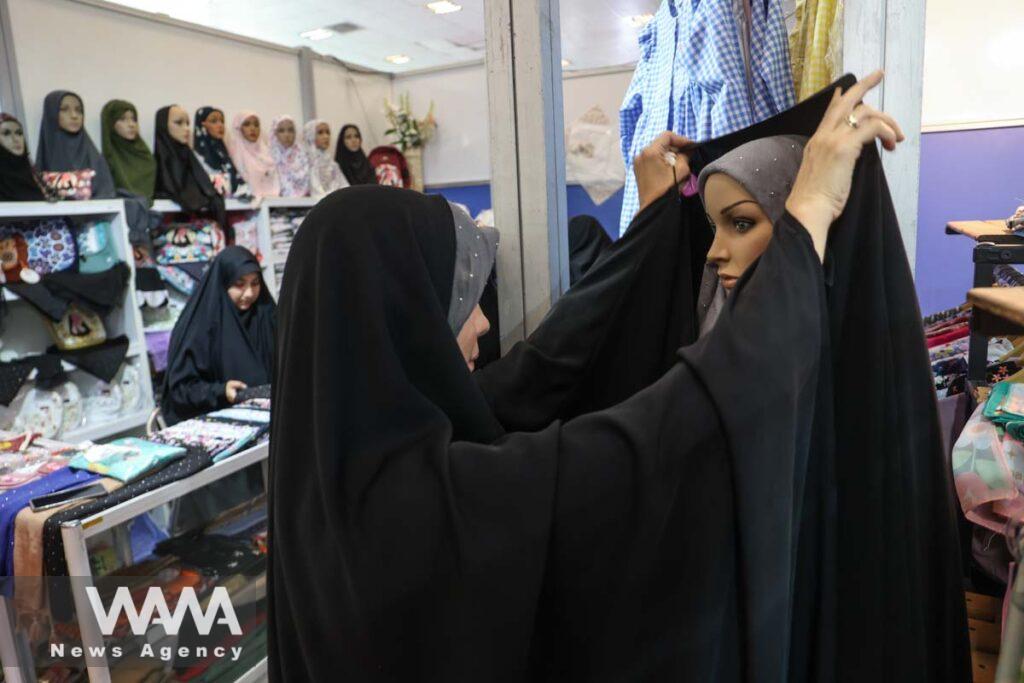
Iranian women attend the Hijab exhibition in Tehran, Iran July 15, 2023. Majid Asgaripour/WANA (West Asia News Agency)
Islamic-Iranian clothing generally can include a wide range of styles and garments that match their religious principles of modesty. These can consist of loose-fitting dresses, chadors, jilbabs, and niqabs, among others, depending on regional customs and personal preferences.
Islamic clothing fulfills religious obligations and serves as an expression of cultural identity and solidarity within the Muslim community. While conventions may vary across Islamic countries, the common thread is the recognition of modesty as an essential part of Islamic values and the choice to honor it through clothing.
The exhibition garnered a significant turnout, with attendees supporting and encouraging Islamic-style designers and manufacturers to continue their valuable work.
WANA writer / S, Khezri / July 17th, 2023
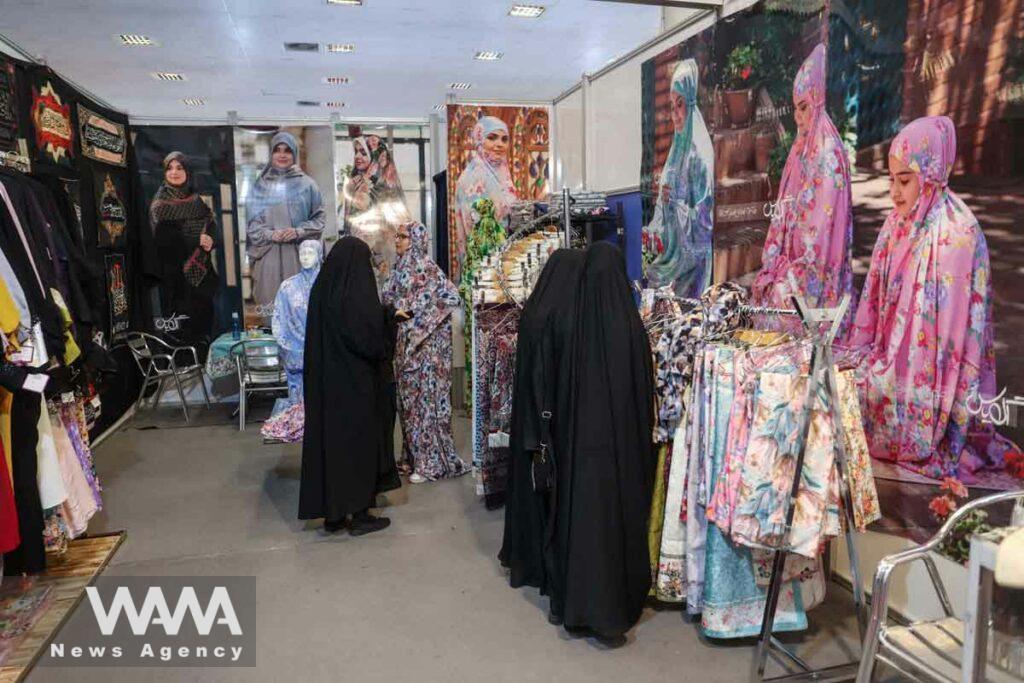
Iranian women attend the Hijab exhibition in Tehran, Iran July 15, 2023. Majid Asgaripour/WANA (West Asia News Agency)

